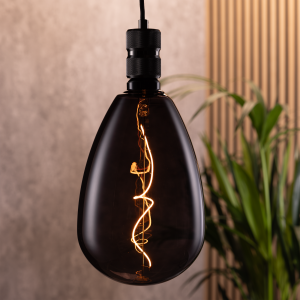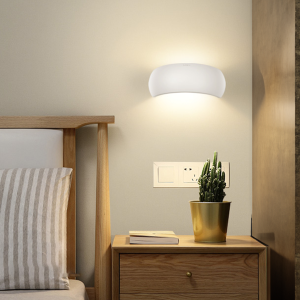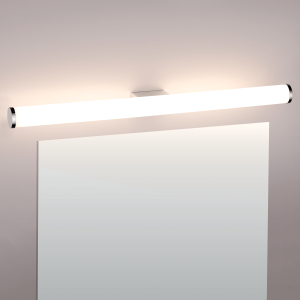
The right lighting can completely transform a space, creating warmth, focus, or energy as needed. Downlights, known for their minimal yet effective design, have become a staple in both residential and commercial environments. Explore how these lighting fixtures can redefine your space.
Downlights are a type of recessed lighting fixture installed in ceilings, directing light downward in a focused or diffused manner. They are often flush with the ceiling, creating a sleek, minimalistic look. Downlights are popular for general lighting, task lighting, and accent lighting in both residential and commercial interior spaces.
These are designed to provide a single beam of light that is directed straight down. They are ideal for general lighting where you want uniform illumination across a space, such as living rooms, bedrooms, and hallways. Fixed downlights have a clean, streamlined look and are often paired with other fixtures to avoid shadows or dark spots. They work well in rooms with low ceilings since they do not protrude.
Benefits:
Cons:
These downlights allow for manual adjustment of the light direction, tilting or rotating to highlight specific areas or objects. They are especially useful in spaces that require flexibility, such as galleries or retail stores where lighting needs may change frequently. Adjustable downlights are also used in homes to spotlight artwork, architectural features, or decorative furniture.
Benefits:
Cons:


LED (Light Emitting Diode) downlights are known for their energy efficiency, long lifespan, and low heat emission. They consume significantly less electricity than traditional incandescent or halogen lights and require less maintenance. LED downlights are available in various color temperatures (e.g., warm white, cool white) and can often be dimmed to create different moods and lighting effects.
Benefits:
Cons:
These are designed for spaces where recessed lighting is not feasible, such as ceilings with limited cavity depth or structural obstructions. Surface-mounted downlights sit on the ceiling, often with a modern, minimalist design that mimics the look of recessed lights. They are a practical solution in older buildings or rooms with concrete ceilings.
Benefits:
Cons:
Smart downlights can be integrated with smart home systems, offering control over brightness, color temperature, and even RGB color options via apps, voice assistants, or automation. These lights are perfect for creating personalized lighting scenes and schedules, making them popular for both home and office use. Some models also offer features like motion detection and circadian rhythm lighting.
Benefits:
Cons:
Choosing the right type of downlight can transform a space by improving ambiance, visibility, and energy efficiency. From fixed and adjustable options to modern LED and smart technologies, each type offers unique advantages and challenges. By carefully assessing your lighting requirements and room design, you can make an informed decision to enhance both form and function.



